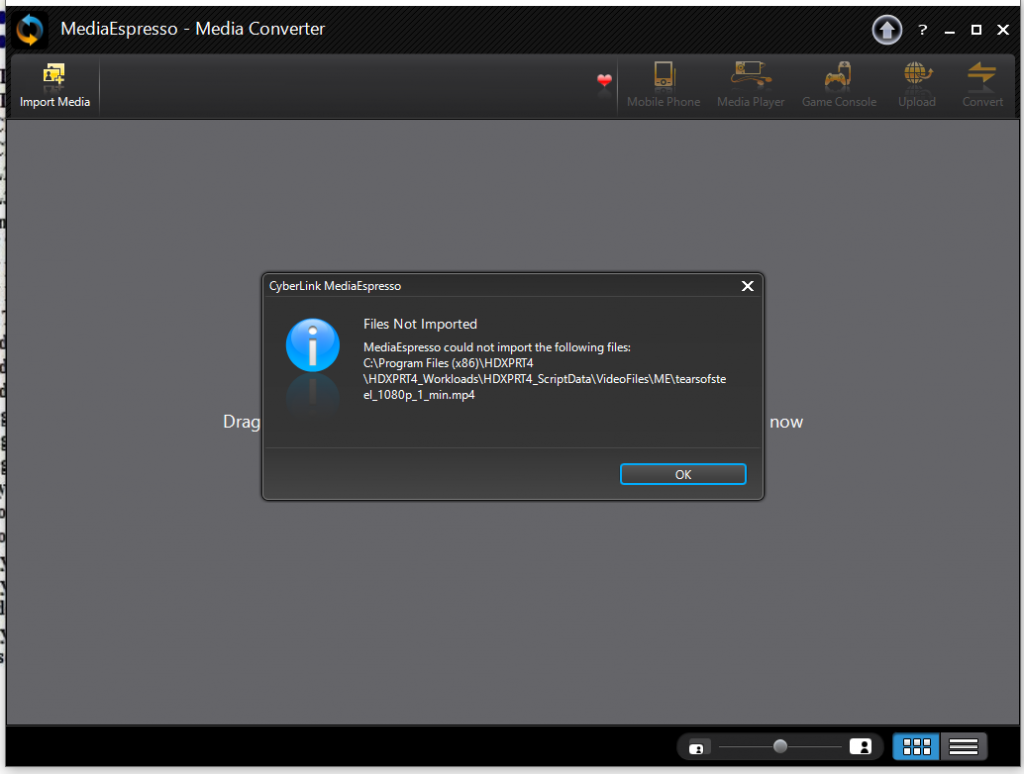Last week, we discussed the upcoming Windows 11 GA launch on October 5, and our hope is that the transition period from Windows 10 to Windows 11 will go smoothly for the three XPRTs that run on Windows 10, HDXPRT 4, TouchXPRT 2016, and AIXPRT. We’re happy to report that so far, we’ve been able to install HDXPRT 4 and TouchXPRT 2016 on the latest stable preview of Windows 11 without any problems. For TouchXPRT 2016, we successfully installed the benchmark using both available methods—directly from the Microsoft Store and through the manual sideload process—and ran it without issues.
We’re still testing Windows 11 compatibility with the AIXPRT OpenVINO, TensorFlow, and TensorRT test packages, and will share our findings here in the blog as soon as possible. Also, because Microsoft might still publish through the stable preview channel Windows 11 changes that interfere with the HDXPRT 4 or TouchXPRT 2016 installation or testing processes, we’ll continue to verify each benchmark’s Windows 11 compatibility up through and beyond launch day.
If you’re conducting your own HDXPRT 4, TouchXPRT 2016, or AIXPRT testing on the Windows 11 beta, you could encounter issues with newly published updates before we do due to the timing of our update cycles. You could also run into problems that are specific to your test gear. In either case, please don’t assume that we already know about the problem. Let us know!
Justin














